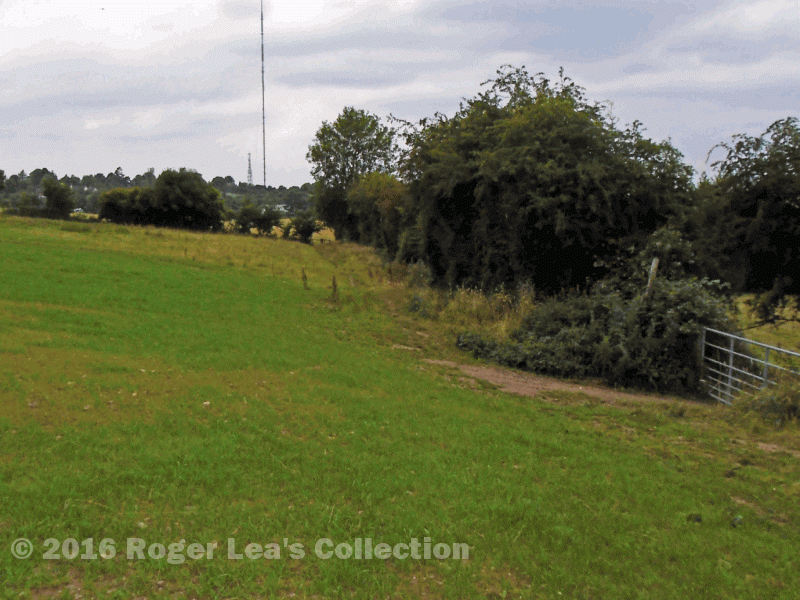That the open field system of agriculture was followed in Sutton Coldfield in the Middle Ages is evident from documentary sources. The actual location of the open fields is harder to determine because the earliest large-scale maps of the area date from the 1750s, long after the open field system had been abandoned. However, the location of the open fields of the hamlet of Little Sutton can be proved thanks to a deed of 1569 and the Corn Rent map of 1824.
William Croxall’s farm is the subject of the 1569 deed, which shows that his nineteen acres consisted of thirty-seven half-acre strips or “lands” distributed over the three open fields of Little Sutton, fourteen lands in Steynley Field, ten in Shadwall Field, and thirteen in Well Field. The deed describes the location of each strip or group of strips, so that it is clear that Shadwall Field occupied the area between Grange Lane and Worcester Lane. The deed names nineteen other farmers who had strips in the fields. Nothing is known of the origin of the fields way back before the Norman Conquest, but a document of 1308 refers to tenants holding either a yardland (32-40 acres) or a half-yardland (16-20 acres), so there may have been fewer tenants originally as the total area of the three fields is about 230acres.
Cultivating the open fields was a communal affair, the villagers co-operating to plough the whole of one field in the autumn, another in the spring, the third being left fallow. The fields were bounded by stock-proof hedges and fences to prevent animals from straying in and destroying the crops, each villager being responsible for maintaining a particular length of hedge. The system was regulated to a degree by the twice-yearly court leet. At the court held on Wednesday April 20th 1569 a number of the Little Sutton tenants named in the deed, William Smythe, Nicholas Turner’s widow, Raphaell More, John Turner, John Palmer and John Cowper’s son were fined for “allowing gaps to lie open in their hedges round the common grain field called Staneleyfield”, and Hugh Sherratt was fined fourpence because he “did not make good his fences at the common field”.
The Royal Town of Sutton was governed by the Warden and Society, the corporation set up by the town charter of 1528, and the Warden and Society took on the feudal functions of Lord of the Manor of Sutton. At the 1569 court it was reported that “Nicholas Turner who held of the lord of this manor as free tenant by charter diverse lands and tenements with appurtenances situate in Little Sutton by rent & services unknown by the jury died since the last court”, and “Sybil Turner widow late relict of the same Nicholas was tenant of all and singular the aforesaid property for the term of her life except two pastures one called Marlepitte Ruddynge and another called Great Harteley which descended after the death of Nicholas to a certain John Turner his son and heir.”
Apparently the custom which prevailed for over six centuries in Little Sutton, open fields farmed by tenants of a feudal lord, had survived the 1528 incorporation of the town and was still functioning in 1569.
